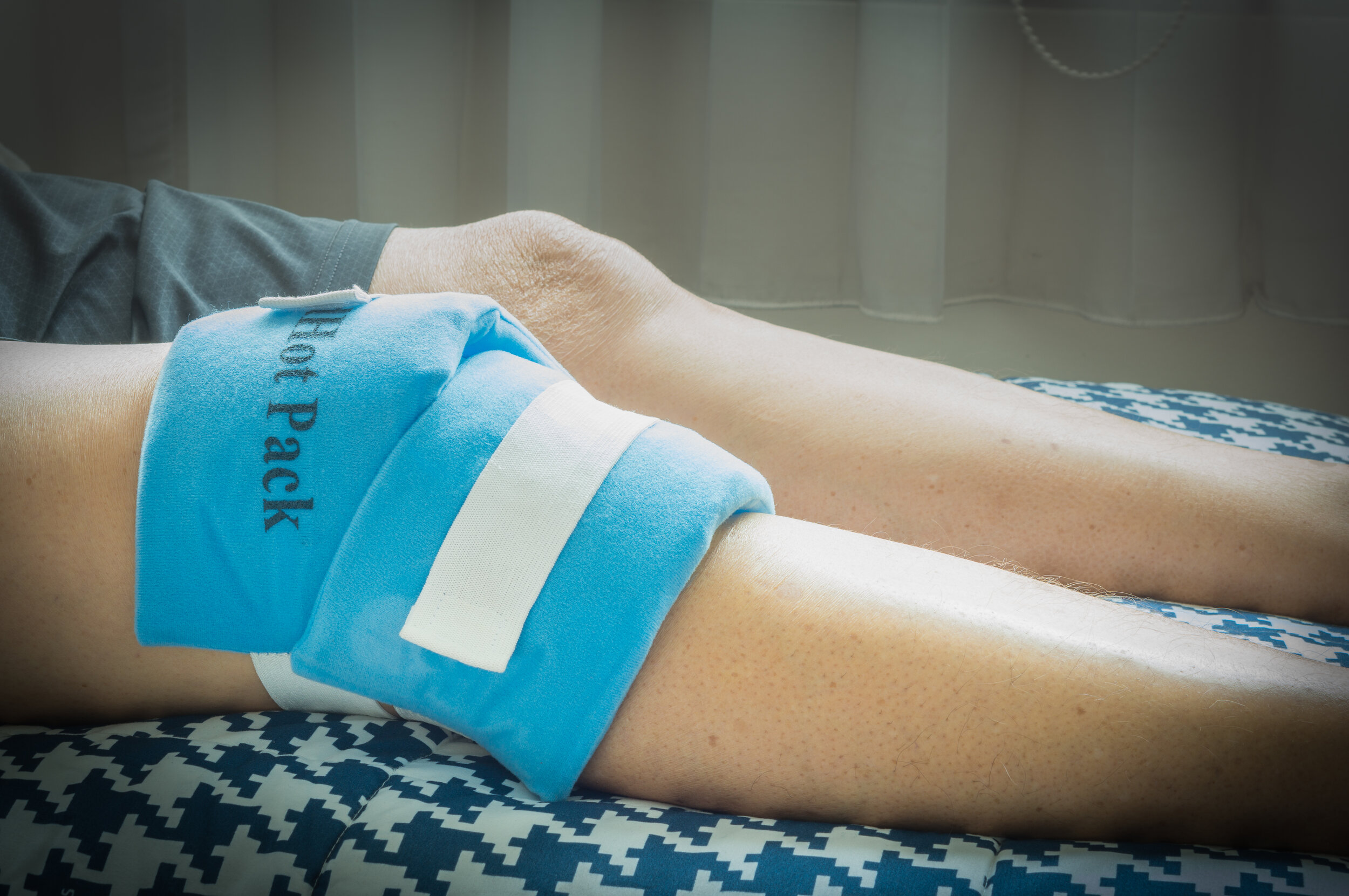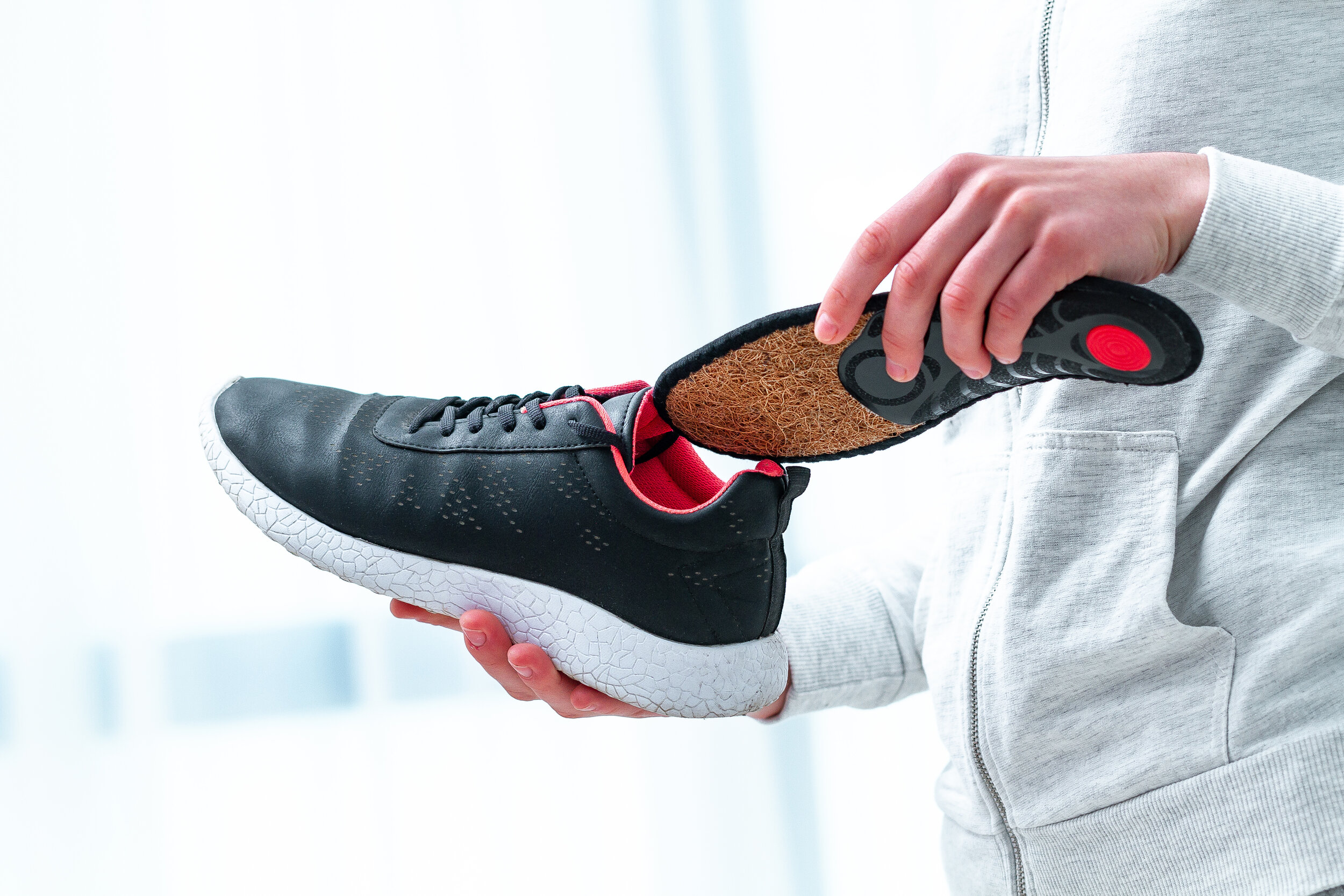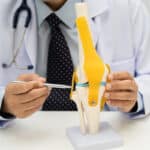
Knee pain is a common symptom that people have when they start getting older. This isn’t something you have to accept, though. Here are five tips to keep your knees from hurting and get you moving again!
We all know that the knee is the largest joint in the body. The shinbone (tibia), thighbone (femur), and kneecap (patella) connect in the knee. The ligaments, menisci, cartilage, and tendons are also connected along with these. When all the parts work properly, you can move your knee joint smoothly and without any pain.
Reasons for Knee Pain
Nowadays, most people are suffering from knee pain because of their lifestyle and other reasons. If you notice knee pain for a while, then you should contact pain physicians as soon as possible. You may suffer from pain due to an injury, certain medical conditions, and everyday wear and tear. The other reasons are:
- Gout
- Bursitis
- Crystalline arthritis
- Infection
- Degenerative conditions, such as osteoarthritis
- Rheumatoid arthritis
- Patellofemoral syndrome
You may experience other symptoms, including weakness, instability, swelling, inability to straighten the knee, and warmth to the touch. Remember that suffering from long-term knee pain can lead to permanent damage to the knee in the near future.
Managing Knee Pain
Exercise is Important
Exercises like step-ups, calf raises, and hamstring curls can all help lengthen and strengthen muscles around the knee, which is imperative to improving support. Support will take stress off the knee, therefore reducing discomfort.
Ice Your Knees
When pain is at its worst, it’s important to ice, rest, and elevate your knees to reduce inflammation. Reducing swelling and pain will help you get back to moving freely!
Look at Your Shoes
This might seem like a weird one, but cushioned shoes can help reduce pressure on your knees. This helps reduce shock from walking or running, making all those activities softer on your knees and basic movement much more comfortable.
Don’t Rest too Much
Resting too much can lead to muscles becoming weaker, leading to increased pressure on your knees. This leads to discomfort and an increase in inflammation, which is what we want to battle!
Treatments
Sometimes medical intervention can lead to the most relief. Our experts here at Oklahoma Spine & Pain Management in OKC are happy to help you! Knee pain can be curbed in many ways. Exercises and treatments can help those who suffer from knee pain, and our experts are ready to help you say goodbye to pain!
The Treatment Options
In the beginning, pain physicians may recommend doing physical therapy to prevent future injuries and rehabilitate the knee. Besides, you may need to take medicine to reduce the pain as well. If you cannot recover from the pain after the stipulated period of time, then the doctor may recommend other treatment options.
You may have to take injections, including corticosteroids, to reduce inflammation. Another option is to take hyaluronic acid to lubricate the moving parts of the knee. If these therapies do not show results within six months, then surgery is the only option. Pain physicians may recommend arthroscopic surgery, which is a partial knee replacement surgery.
When Should You Visit a Doctor?
- You can’t bear weight on your knee anymore
- You are unable to fully extend your knee
- You have marked knee swelling
- You have chronic knee pain due to an injury
- You see an obvious deformity in your knee
Visit Your Pain Physicians
If you have been suffering from knee pain for more than six months, then it’s time to visit your specialist. You can consult with a doctor at Oklahoma Spine & Pain Management. They provide various services, including pain management and integrative medicine.
Call now to see how we can help you manage knee pain!
**Disclaimer: This content should not be considered medical advice and does not imply a doctor-patient relationship.











